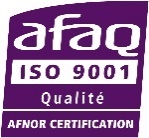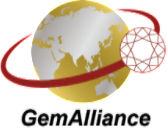PUBLICATIONS
Synthetic corundum sculpted to imitate natural corundum
Revue de l’Association Française de Gemmologie No. 178 – December 2011
Those who frequently travel to gem deposits to buy rough stones quickly come to understand that a sword of Damocles hangs over them: the possibility that they may end up buying synthetic rocks skilfully redesigned to resemble a rough stone, uncannily similar to what they would find in nature.
For more than twenty years now, gemmologists have documented instances of synthetic corundum rough reworked to look like natural corundum rough. On an alert from the ICA laboratory in 1989, H. Hänni and G. Bosshart, then working at the SSEF, described two seemingly eroded bipyramidal corundum roughs weighing 56.04 cts and 21.80 cts (Kammerling & Koivula, 1989).
In 1993, R.C. Kammerling described a synthetic corundum rough resembling a deformed, hexagonal pyramid striated by the human hand. Synthetic ruby rough has been found in a batch of stones from Vietnam, purchased with the understanding that these were natural stones (Koivula and Kammerling, 1991).
Similar incidents have also been described at almost every production site, no matter what the gem (ruby, sapphire, but also diamond, emerald, garnet, spinel, topaz, etc.). For example, imitations of rough diamonds made of topaz and phenacite have been recently described (Hainschwang, 2007 and Boulliard, 2010).
We had the opportunity to study three stones presented as natural corundum rough from Madagascar, two rubies (Figure 1) and one sapphire (Figure 2).
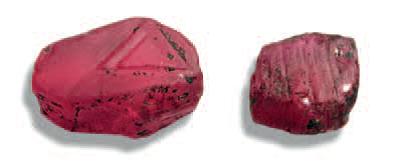
Figure 1 – “rough” stones studied (28.29 ct. and 18.27 ct.). Photo by A. Delaunay.
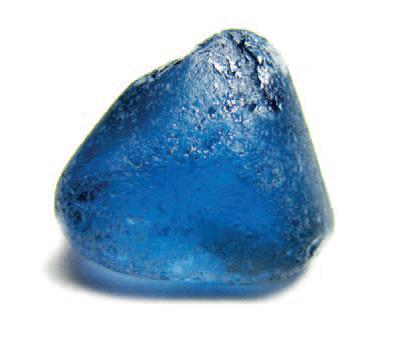
Figure 2 – “rough” sapphire studied (20.12 ct.), resembling a very eroded blue corundum. Similar rough stones have been observed in Ilakaka, for example. Photo by A. Delaunay.
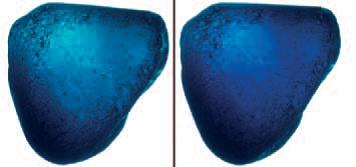
Figure 3 – Colours of the pleochroism observed on the sapphire Photo A. Delaunay
The largest of the rubies weighs 28.29 cts and measures approximately 19.3 x 14.9 x 7.5 mm.
It appears a stocky pseudo hexagonal prism.
The second has the appearance of a flattened barrel. It weighs 18.27 ct and measures approximately 12.7 x 14.7 x 8.3 mm. Both samples have a density of 4, a spectrum typical of ruby
(whether natural or synthetic) due to chromium.
Exposed to ultraviolet radiation, rubies release an intense red emission with long waves. Exposed to short waves, they also emit a strong red, but which combines with a milky light blue. Sapphire, meanwhile, is inert under the long and milky blue under the short waves.
Through the polariscope, when observed along the assumed optical axis, derived from their shape, light is restored 4 times. This indicates that the apparent crystallographic axis does not match the actual optical axis, as it should. The same reasoning
can be reached on the basis of the observation of pleochroism colours not marked on ruby but fairly strong on sapphire (Figure 3).
The curved growth zones are not easily visible in synthetic corundum rough (Koivula and Kammerling, 1991).
We have not been able to detect them in ruby because of their frosted surface, which makes observation of their internal characteristics impossible, even in immersion.
By contrast, looking at the sapphire in a direction perpendicular to what could be a basal plane, colour concentrations around the edge of the “bottle” characteristic of blue Verneuil synthetic corundum are clearly visible (Figures 4 and 5).
Figure 4 – Curved colour concentration visible in the sapphire. This echoes the colour zoning observed in accordance with the growth axis in the blue Verneuil sapphires, where the colour is mainly concentrated around the “bottle”. Photo by A. Delaunay.
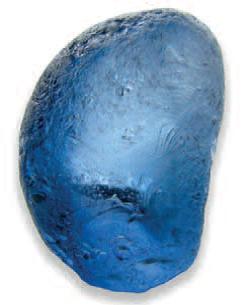
In an attempt to observe curved growth zones on a frosted surface, we tried to analyse our samples using the DiamondView® device at the French Gemmology Laboratory (instrument developed by the Diamond Trading
Company).
This device is a low wavelength ultraviolet light imaging system (approximately 225 nm) that has previously been used to detect curved growth areas in synthetic corundum (Breeding et al., 2006).
On our samples, we were able to detect curved growth areas on the sapphire using the DiamondView®, but not on the ruby (Figure 6).
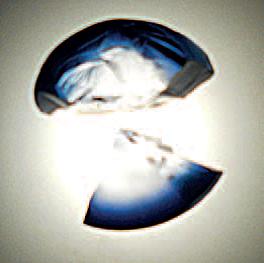
Figure 5 – Synthetic Corundum showing the colour concentration at the edge of the bottle. Photo by E. Fritsch.
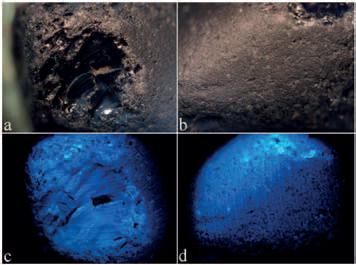
Figure 6 – Zones de croissance courbe observées sur le saphir synthétique grâce au DiamondView® (Figures a, b : lumière visible ; Figures c, d : même zone en luminescence).
En observant la surface de nos échantillons, des stries sont visibles sur les faces du prisme. Cependant, ces stries ont un caractère peu courant car elles ne sont pas parallèles et ne se prolongent pas d’un pan du «tonnelet» à un autre comme pour un
corindon naturel (Figure7).
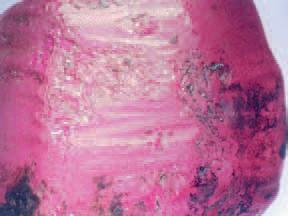
Figure 7 – Non-parallel striations observed in sample 2, magnification x90. Photo by A. Delaunay.
In addition, large-scale triangular “crystallisation figures” are easily discernible on one of the basal faces of each of the two rubies. These “growth features” (grooves and triangles) are clearly delineated as if they had been sketched using a grinding wheel (Figure 8).
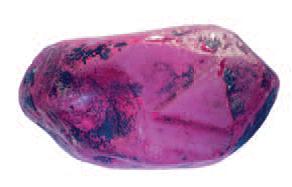
Figure 8 – Growth feature engraved on one of the vertices of the barrel. Photo by A. Delaunay.
All the figures described here are made up of lines or limits that have the same appearance and the same section, and were thus probably made by the same machine.
They do not have the very fine steps with flat edges (crystalline microfaces, figures 9 and 10) of natural crystals and, to the contrary, a rounded section.
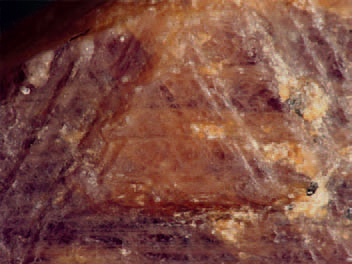
Figure 9 – Triangular growth feature on the surface of a natural corundum from Madagascar seen in the direction of c axis, x60 magnification, Laboratoire Français de Gemmologie collection.
Photo by A. Delaunay.
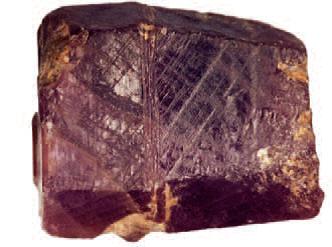
Figure 10 – Growth striations visible on a natural corundum from Madagascar, Laboratoire Français de Gemmologie collection. Photo by A. Delaunay.
Two windows were made so that we could observe the interior of our samples. Here again, however, we did not seen any of the characteristic inclusion of synthetic corundum.
This is exceptional in natural rubies, but very common in synthetic corundum formed by fusion (Verneuil, Czochralski, zone fusion, etc.).
The samples were then chemically analysed at the French Gemmology Laboratory using a Philips PV9550 EDAX DX95 X-ray fluorescence spectrometer. These stones are composed of aluminium, oxygen and a small amount of chromium (which provide the colour) for ruby. While this is normal for ruby, the combined absence of iron, titanium and especially gallium (Ga) is proof of the stones’ synthetic character.
All the properties described above are therefore consistent with those of the synthetic corundum derived using a fusion-based method, and more specifically Verneuil for synthetic sapphire.
Such gem materials are generally inexpensive.
This explains why efforts were made to give them the appearance of natural crystals, so as to achieve maximum “added value”.
These very well-executed synthetic imitations of natural crystals are increasingly frequent on the market.
Philippe Ressigeac, a gemmologist who travelled to Madagascar with Vincent Pardieu (www.fieldgemology.org) told us, through Pierre-Yves Chatagnier, that he had seen many Verneuil process synthetic corundum rolled or cut to look like natural corundum rough.
References:
Boulliard J.-C., 2010, Les (faux) diamants de “Fougazi”, Revue de l’Association Française de Gemmologie, n° 170, pp. 5-6.
Breeding C.M., Wang W., Shen A.H., McClure S.F., Shigley J.E., De Ghionno D., High-Energy Ultraviolet Luminescence Imaging : Applications of the DTC
DiamondView for Gem Identification, Gems & Gemology, Fall 2006, vol. 42, n°2, p.88
Fritz E.A. et Laurs B.M., 2006, Synthetic corundum «gem rough» in Tanzania, Gems & Gemology, Gem News International, vol. 42, n°4, p. 282.
Hainschwang T., Gemlab Newsletter du 25/03/2008 : http://www.gemlab.net/website/gemlab/fileadmin/user_upload/Publications/Gemlab-PhenakiteTopaz-RoughDiaScam-04-2008.pdf, consulté le 10 juin 2011
Kammerling R.C., 1993, Another Imitation Ruby «Crystal», Gem Trade Lab Notes, Gems & Gemology, Gem Trade Lab Note, vol. 29, n°3, p. 204.
Koivula J.I., Kammerling R.C., 1989, Synthetic corundum «crystals», Gems & Gemology, Gem News, vol. 25, n°4, p. 249-250
Koivula J.I., Kammerling R.C., 1991, More synthetics sold as natural ruby in Vietnam, Gems & Gemology, Gem News International, vol. 27, n°4, p. 260.

